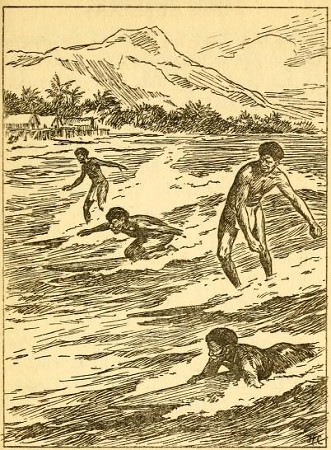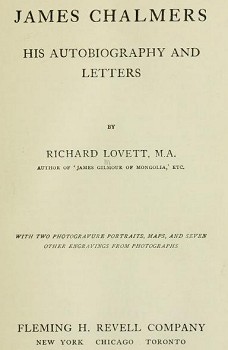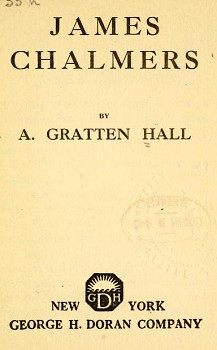
surfresearch.com.au
james chalmers : niue and new guinea 1867-1885
james chalmers : niue and new guinea 1867-1885
|
|
|
|
|
|
 |
surfresearch.com.au
james chalmers : niue and new guinea 1867-1885 |
| Page 21 The
native surf-riders.
Although the illustration accompanies text describing surfriding in Nuie in 1867, it was almost certainly drawn from an early Hawaiian photograph, with what is clearly Diamond Head in the background, for example, consider the image below:  Shepstone,
H.J.: The Surf Board Riders of Hawaii.
The World Wide Magazine England, November 1912, page 34 |
 |
 . . |
Lovett, Richard:. Fleming H. Revell, New York, 1903. Right: Hall, A. Gratten: James Chalmers George Dorian Company, New York, [1910] |
 |

|
|
|
|
|
|